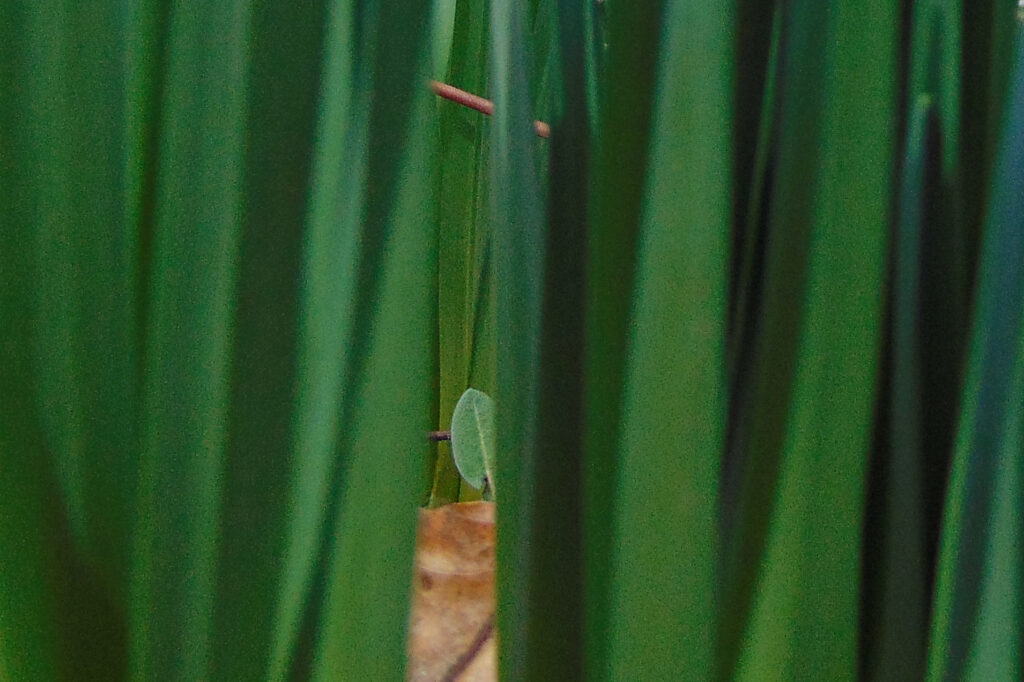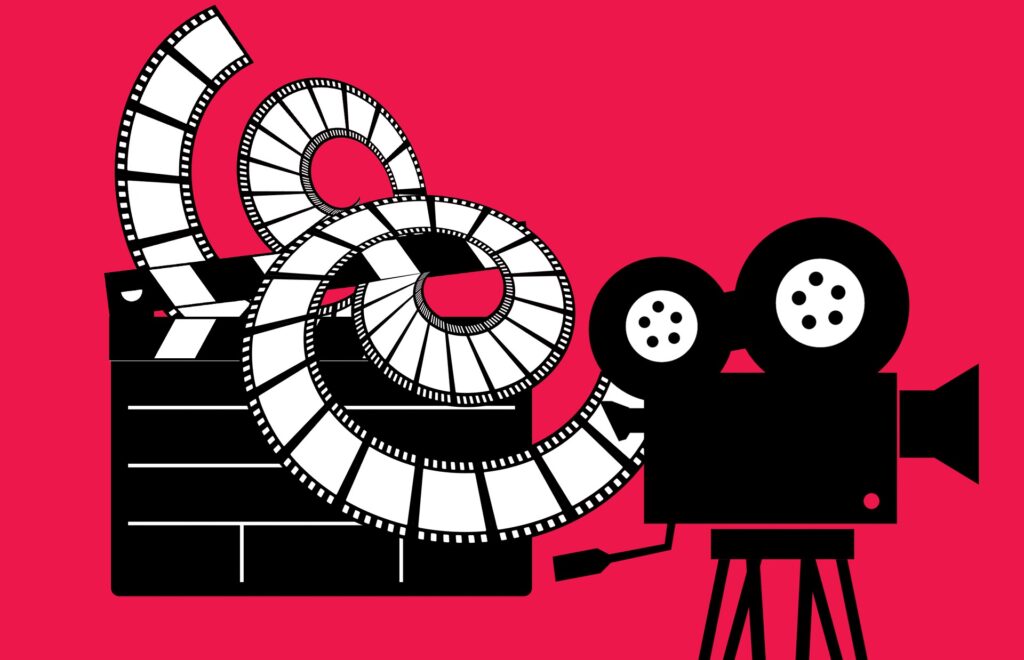
I wish you could see the smile on my face as I write these words to you. I’m sliding invisible gifts your way between each and every letter. You could be starting to feel them right about now.
I want to say a few more things about my experience with what I call “the chem bomb situation.” Just a few. Then we’ll move on. Okay?
For starters, let me say I’ve had some sizable shocks in my life, but this one topped them all. I’ve seen the story morph in the media over time. Now, in most places I’ve seen, it’s something like “the train derailment that spilled some toxins in Ohio.” And the train derailment was bad, erupting in a fire so fierce that over 50 regional fire companies responded. But what was worse, and that goes unmentioned now, is that a series of events led to dumping tank cars of toxic materials into a pit and setting it on fire. An enormous cloud of a million pounds of toxins, trapped by a thick layer of clouds, spread over miles, followed by rain.
I’m about five miles down wind from “ground zero.” I watched the black toxic cloud coming at me from my kitchen window. It hung over my house and land a long while, turning it darker outside in late afternoon than any midnight I have ever seen. Over the next several days, my body kept surprising me with new symptoms, and according to local reports many others were experiencing the same.
It was quick a shock to discover what had happened. All I knew for sure was that I was in a significantly altered world. I gathered all the information I could find to help me figure out how I wanted to respond. After a while, I realized that I had no control over the circumstances I found myself in. I couldn’t “fix things” or make what had happened un-happen.
“So,” I finally said to myself, “what are my responsibilities here?” And myself reminded me that my primary intention is to be a joy warrior. I saw that in order to do that effectively, I must first attend to my own health and stability. So that is where I focused. I honed my diet and allowed my body to sleep as much as it needed. I did my research, made my observations, kept my notes and logs. I consciously turned my thoughts toward things that brought me inspiration and joy, I ventured out with my camera. I made photographs and poems. I listened to good music and read good books. And now, at long last, I believe I am gaining the upper hand with my symptoms. I am strong enough to expand my focus to other things.
That’s the last I intend to say about the whole chemical bomb business. I just wanted to sum up what really happened here. But the world is awash in disasters. May God have mercy on us all. Besides, I have better fish to fry. For one thing, I want to tell you a story.
It was cold and windy and spitting bits of rain when I came out of the store, pushing my grocery cart through the parking lot’s puddles. As I neared my car, I saw that a man was huddling against the car next to mine, his hoodie pulled up against the weather, having a smoke before he got in his car.
He glanced at me briefly then side-stepped his way to the back of his car so I could open the door on mine and stow my groceries. He remained with his back to me the whole time, probably to shield me from his cigarette’s smoke.
I finished putting my groceries in my car, and as I guided my empty cart between our cars to take it to the collection rack, I said, “How ya doin’ today?” The man spun around and looked me right in the face, his blue eyes crinkled into a smile above a grizzly, white beard, “Why, thank you!” he said, his voice filled with surprise, as if I’d just handed him a thousand bucks. “Thank you!” I returned his smile and wished him a fine afternoon.
That’s the whole story. I thought you might like it.
Thank you for bearing with me as I adjusted to my region’s catastrophe. May you forever be free of such things. They’re no fun at all. And life these days seems to dish out plenty of challenges for each of us without them, doesn’t it? So may we kind. And may we see life’s goodness and beauty as we journey together on the trail. I’m so glad to have you along.
Warmly,
Susan
Image by scottgardner from Pixabay








